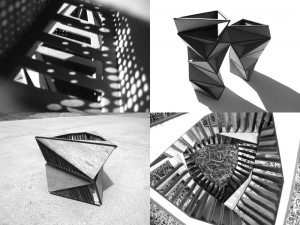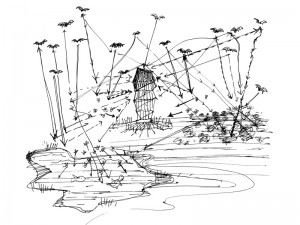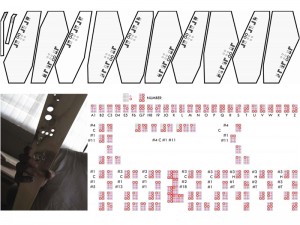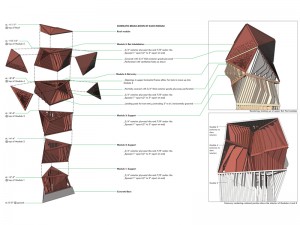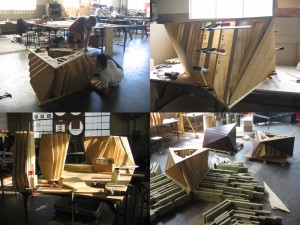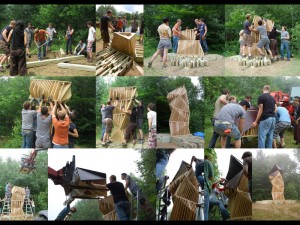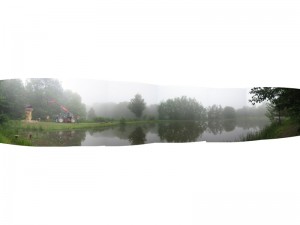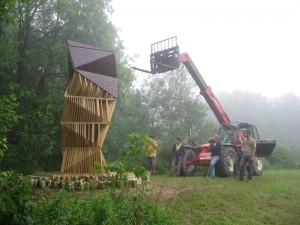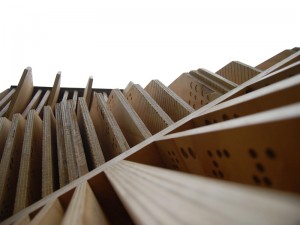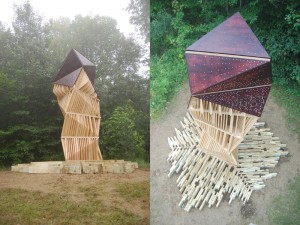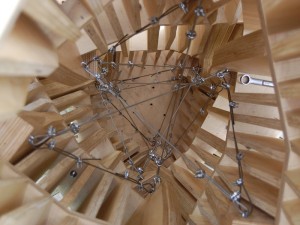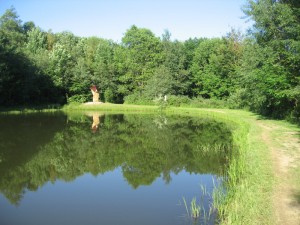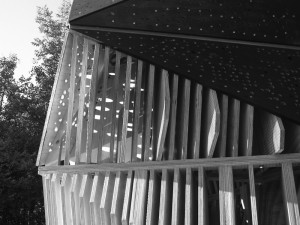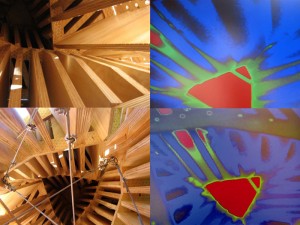2010 : Griffis Sculpture Park, East Otto, NY : Ashford Hollow Foundation
Design and construction made possible with an Independent Projects Grant from the New York State Council on the Arts (NYSCA) and the Van Alen Institute as the project’s Fiscal Sponsor; Installation made possible with a grant from the New York State/United University Professions’ Dr. Nuala McGann Drescher Program (Design collaborators: Thomas Giannino, Micahel Pudlewski, Laura Schmitz, Nicole Marple, Mark Nowaczyk; Construction collaborators: Michael Pudlewski, Laura Schmitz, Nicole Marple, Mark Nowaczyk, Dan Dimillo, Matt Salzer, Jacob West; Installation collaborators: Matthieu Bain, Albert Chao, Joshua Gardner, Shawn Lewis, Sergio López-Piñeiro, Nellie Niespodzinski, Mark Nowaczyk, Michael Pudlewski, Joseph Swerdlin, Angela Wu; Consultants: Katharina Dittmar, Mark Bajorek; Installation photographers: Albert Chao, Nellie Niespodzinski, Angela Wu; Special thanks to Richard Yencer and the University at Buffalo School of Architecture and Planning Shop)
BAT TOWER is the first built prototype in a series of bat habitation projects which explore strategies for increasing public awareness of bats as a critical component of our ecosystem. Bats are effective as natural pesticides, pollinators, and mosquito abatement. Yet they are often considered as a kind of urban pest, and are frequently exterminated by human-run ‘pest control’ services. Their very survival is also being challenged by White Nose Syndrome, a disease which has inexplicably been wiping out large bat populations in northeastern United States.
In an attempt to bring visibility to bats, BAT TOWER challenges notions of the typical off-the-shelf bat house. Rather than innocuously fading into the background, the tower stands as a prominently visible outdoor sculpture. Drawing from the idea of a vertical cave, the installation has a heavy and intense presence, contrasting the lightness and invisibility associated with do-it-yourself bat house constructions.
BAT TOWER is sited and designed to attract and facilitate bat inhabitation. Located adjacent to a lake, the site boasts an abundance of mosquitoes and other bat-attracting insects. Chives, oregano and other bat-attracting herbs are planted within the base of the tower. To help facilitate entry, the project’s ribbed construction includes a series of ‘landing pads’ near the top of the tower. A pattern of grooves on both vertical and horizontal surfaces allows bats to more easily climb into the tower and cling to its ‘ceilings.’ To provide a suitably warm interior for bat roosting, dark wood panels cover the tower’s inhabitation zone in order to absorb sunlight.
